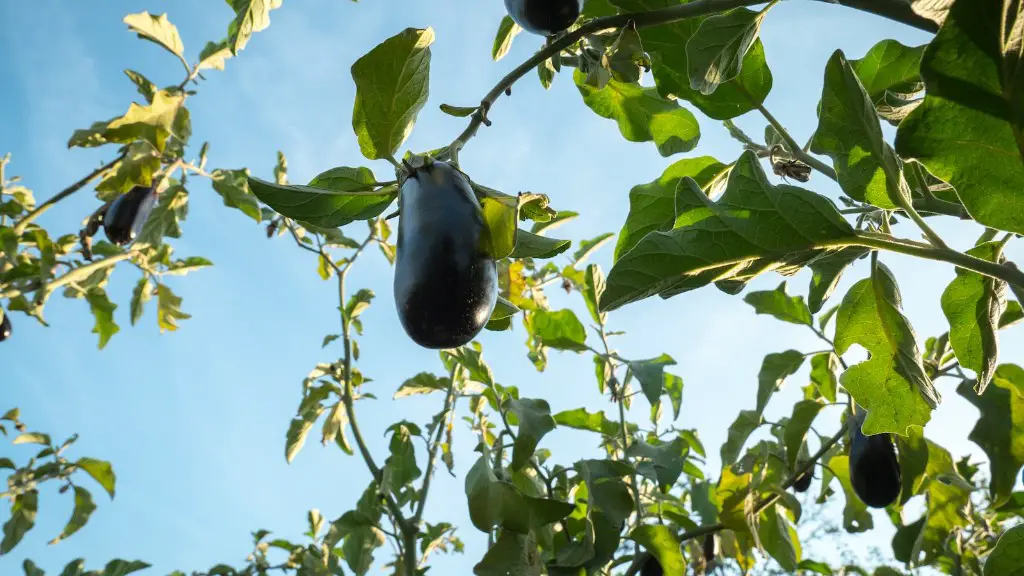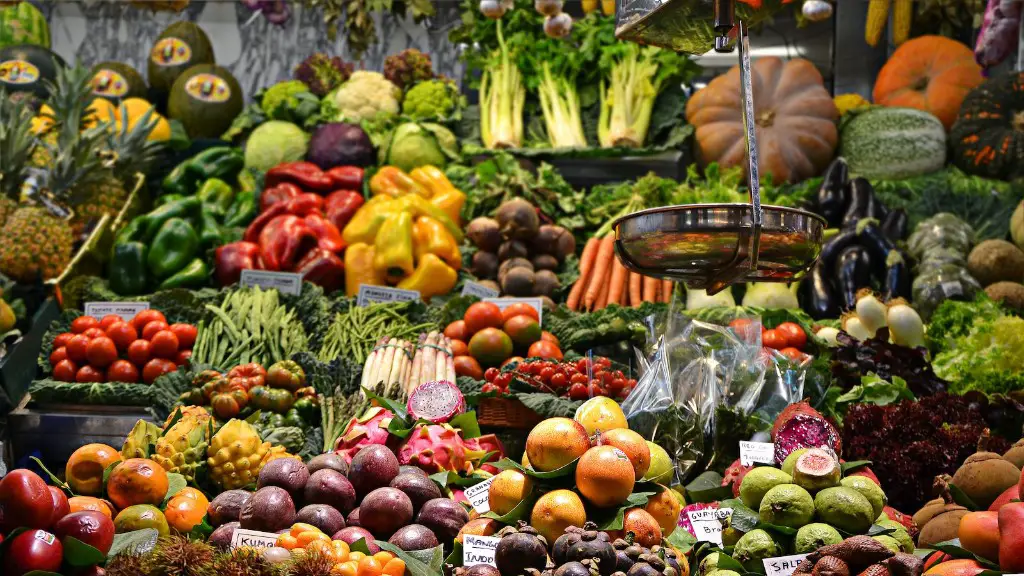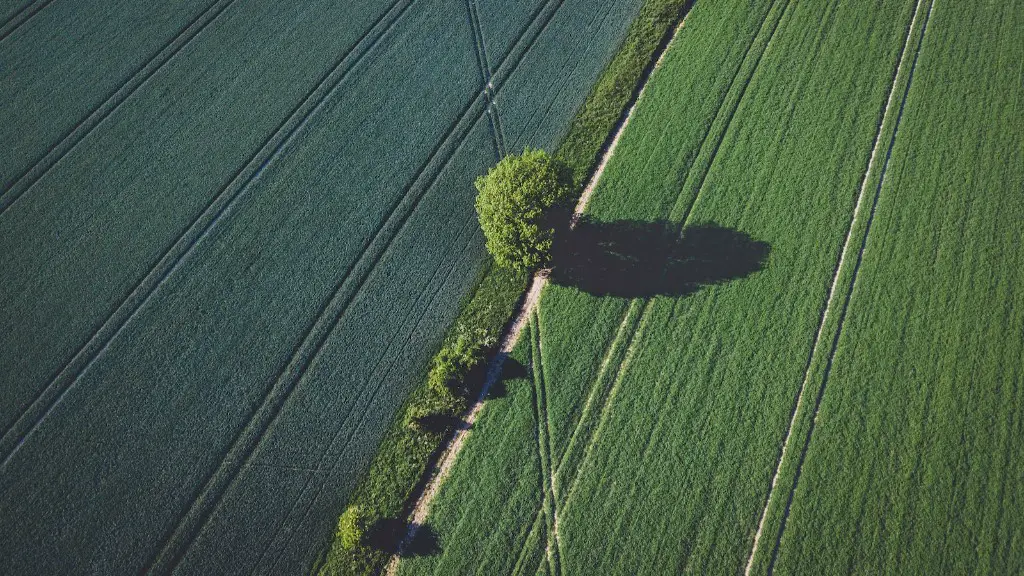In many developing countries, smallholder farmers produce the majority of the food, but they often lack the resources – including land, equipment, and information – to do so efficiently. Command agriculture is a model that seeks to address this problem by bringing together smallholders into cooperatives and providing them with free or subsidized inputs, training, and other support. The goal is to boost productivity and incomes, while also reducing rural-to-urban migration and improving food security.
The term “command agriculture” is used to describe a system of farming in which the government takes a controlling interest in the production and distribution of agricultural products. In a command economy, the government makes the decisions about what crops will be grown and how they will be distributed. This system is often used in countries that have a history of food shortages or are trying to increase their self-sufficiency.
What are the benefits of command agriculture?
Command Agriculture, which is perceived to be the brainchild of the government of Zimbabwe, therefore comes at the backdrop of a hypothesized successful land reform programme and is viewed as a vital enabler of high agricultural performance to ensure food security and increase exports from the agricultural sector.
The Command Agriculture Programme is a government initiative in Zimbabwe that was launched in 2016. The aim of the programme is to increase food security and agricultural production in the country.
The programme provides loans to farmers, with the state guaranteeing the debt. However, there has been a high default rate on the loans, with 85% of farmers failing to repay their debts. This has resulted in the government having to bear the cost of the programme.
Despite the high cost, the programme has been successful in increasing food production in Zimbabwe. In 2017, the country produced 1.8 million tonnes of maize, up from 1.4 million tonnes in 2016.
How do I join command agriculture
The qualifying criteria and process flow for the Command Agriculture Programme are as follows:
1. Completed CBZAY Facility application form
2. National ID
3. GMB clearance statement
4. CBZ AY Clearance certificate
5. Command Agriculture Contract (MLAWCRR)
6. Proof of residence.
Command agriculture was a contract farming scheme implemented by the Zimbabwean government in response to land redistribution that led to the rupture of the country’s sources of resilience. The scheme led to the distortion of credit access, heightened tenure insecurity, and increased vulnerability to droughts.
Is command agriculture a success?
In 2016, Zimbabwe invested more than $3 billion in “command agriculture” in an effort to become food self-sufficient. However, last year the country imported agricultural products worth more than $1 billion, half of which was maize. This indicates that the country has not been successful in achieving its goal of food self-sufficiency.
In order to achieve the above objective, the government has devised a comprehensive strategy for the development of agriculture sector, which is popularly known as “Command Agriculture”. The salient features of the strategy are as follows:
1. The government will provide financial and technical support to farmers for the development of their land.
2. A land bank will be created, which will help in the efficient utilisation of land resources.
3. The government will also provide insurance cover to farmers against crop failure.
4. The strategy also envisages the setting up of an agricultural marketing board, which will help in the marketing of agricultural produce.
The implementation of Command Agriculture strategy is expected to lead to the following benefits:
1. It will help in the increased production of food grains and other agricultural commodities.
2. It will lead to the development of infrastructure in the rural areas.
3. It will create employment opportunities in the rural areas.
4. It will help in the overall development of the agricultural sector.
What is the new name of command agriculture?
NEAPS (National Economic Advancement and Protection Strategy) commonly known as Command Agriculture, or Special Agriculture Programme for Import Substitution was initiated in 2016 and has laid a solid foundation for ensuring national food security, accelerating import substitution, increasing employment, improving incomes and livelihoods and has provided a basis for .
Farmland is being converted into new developments at an alarming rate. This is causing the supply of farmland to shrink rapidly. Developers are buying up farmland to expand suburbs and meet the growing housing demand. This is having a detrimental effect on the agricultural industry and the economy as a whole.
Why farmers are quitting agriculture
Research shows that more than 40 percent of farmers dislike farming as a profession because of low profits, high risk, and lack of social status. However, they continue with it owing to a lack of opportunities outside agriculture. This is a problem that needs to be addressed, as it is preventing farmers from enjoying a good quality of life. The government needs to provide more support to the agriculture sector, so that farmers can make a decent living from their work. Additionally, more opportunities need to be created outside of agriculture, so that farmers can choose to leave the sector if they wish.
If you want to become a farmer, there are a few things you need to do. First, research different farming careers. Talk to people who work in farming industries and get their insights. Then, apply to an entry-level position. Educate yourself about farming by reading books or taking classes. And lastly, get organized. Purchase your equipment and get everything ready to go. Having a solid plan will help you succeed as a farmer.
How do I start a career in agriculture?
The above-mentioned agriculture courses are some of the most popular ones that students pursue to make a career in agriculture. Each of these courses has its own set of benefits and drawbacks, so it is important for students to carefully consider which one would be the best fit for them before making a decision.
Working on a farm is a great way to gain experience in the agricultural industry. There are many ways to get involved in farming, whether it is through an apprenticeship, working with experienced farmers, or simply having a job on a farm. Having experience working on a farm can be extremely helpful when trying to break into the agricultural industry.
How does agriculture make money
Agricultural investments can provide passive income through periodic rentals and payments for crops. Additionally, investors may benefit from price increases when selling property. The higher the product price, the more investors get, which is why many investors consider agricultural investments to protect against inflation.
1. Command Agriculture is a project that is meant to help boost wheat production in order to reduce importation.
2. This project will help to provide access to raw materials locally, which will in turn reduce costs and help boost production.
3. This project is complementary to other projects that the government is undertaking in order to improve the agricultural sector.
Do farmers pay taxes in Zimbabwe?
It is unfortunate that farmers in Zimbabwe are taxed but do not see any benefits from doing so. This is bad for the country’s economy, which is largely agriculture-based. Hopefully, the government will take steps to improve the situation so that farmers can feel like their contributions are making a difference.
It is interesting to note that the top agricultural producing countries are not necessarily the same as the top agricultural exporting countries. For example, the United States is the top almond producer, but only the third-largest almond exporter, behind Spain and Morocco. This is due to the fact that a large portion of US almond production is used for domestic consumption.
Who owns the most agriculture in the US
With almost 269,000 acres, Bill Gates retained his ranking as America’s largest private farmland owner. agricultural holdings. The billionaire Microsoft co-founder has bought or sold at least 1,234 properties in 23 U.S. states since 1993, spending more than $170 million on
The top 10 richest farmers in the world are as follows:
1. Liu Yongxing – Producing animal Feed
2. Liu Yonghao – Animal husbandry
3. Stewart and Lynda Resnick – Almonds and Oranges
4. Prince Sultan bin Mohammed bin Saud Al Kabeer – Dairy company
5. David MacLennan – Cargill Inc.
6. Charles Butt – H-E-B
7. Rob Millis – Molino Cañuelas
8. Tony Bharwani – BL is the largest privately held grains
9. Gary Comer – Horizon Group
10. Don Anderson – Viking Crop Insurance
Conclusion
Command agriculture is an agricultural production system in which the government steps in to provide funding, infrastructure, and resources to farmers in order to increase production. This type of system is often seen in countries with communist or socialist governments.
Command agriculture is a system of agriculture in which the government has a great deal of control over the agricultural sector of the economy. The government may own the land, the means of production, and the distribution channels. It may also set prices, quotas, and other regulations.





